Oddly, I had reviewed the special-edition Spice Tree Extravaganza from Compass Box, but not the standard Spice Tree bottling. The Spice Tree itself has a storied history, originally comprised of whisky aged in barrels with toasted French Oak staves inserted. However, the SWA (Scotch Whisky Association) ruled that this violated regulations covering how scotch may be matured, and demanded that Compass Box remove Spice Tree from the market, threatening legal action. Compass Box complied, and re-released the Spice Tree after aging it in barrels with new toasted French Oak heads coopered onto them, which IS acceptable to the SWA and the law.
So what is Spice Tree? It’s a blended malt scotch whisky, meaning it is made entirely of malt whisky from more than one Scottish distillery. Rather than try to describe the combination of cask types involved, I will just include Compass Box’s own handy infographic:
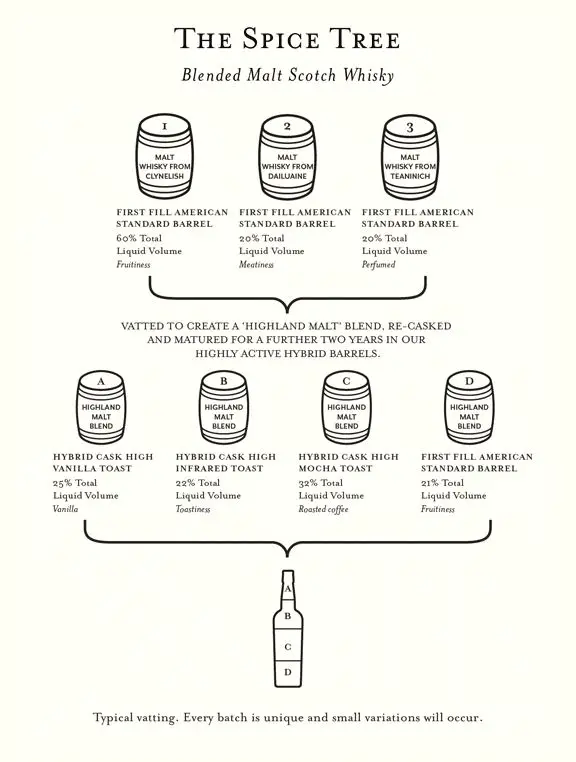
In essence it’s a mixture of 60% Clynelish, 20% Dailuaine, and 20% Teaninich, the majority of which is then finished for two years in various toast (heat-treated) grades of the aforementioned French Oak-topped barrels. This is intended to bring out the “spice” notes inherent in French Oak as well as contribute to the sweet, oaky flavor available when using new oak (as opposed to re-used oak, which is the vast majority of wood used in the aging of scotch). Compass Box is careful to blend batches using various levels of toast and without 100% of the whisky touching the new oak heads, as new oak has a reputation for creating overly-wooded whisky. This is, of course, what all bourbon and many other American whiskies are aged in, so the caution may or may not be warranted. Still I trust John Glaser, Compass Box’s founder and master blender, whose reputation as a blender is well recognized.
The married whiskies are then bottled at 46% ABV without added coloring and without chill filtration, and forms part of Compass Box’s consistent portfolio. If you want to know the (approximate, they vary) ages of the components used, simply email Compass Box in accordance with their Campaign for Transparency.
Nose: Lemon balm, candle wax, (hello, Clynelish!). White fruits (white peach or white mulberries or something), delicate peachy florals, and light, airy honey. A simple aromatic pleasure, and totally devoid of anything I would call “spice”. After a rest in the glass, some green banana.
Palate: Syrupy, waxy body. Sweet and honeyed. More peach, with some dessert wine flavors (riesling maybe). White sangria. On the back side of the palate, something nutty… maybe hazelnuts, and a bare touch of oak that comes across as stale cinnamon sticks. Maybe this is the “Spice”?
Finish: Short. Fading fruits, now dried apricot and tannic white tea. These fade cleanly and without bitterness.
With Water: A scant few drops of water dumps puréed banana all over the aroma. This dissipates to reveal an herby anise note and some coconut. The rest of the experience is unchanged. Water optional here, it really doesn’t need it. Note that after a longer rest, I’m able to detect the candied ginger and gingerbread notes alluded to in the marketing.
Overall: Spice be damned, this is a wonderfully pleasant dram. I’m a sucker for peach flavors in a whisky, and doubly so for the unique waxy texture and aroma that Clynelish brings to the table. I could wish for a little heavier dose of that nutty French Oak flavor. Of Compass Box’s regular vatted (sorry – “blended malt”) scotch releases, this is probably the best. At $70, it’s pricey, but doesn’t disappoint. I will probably buy a full bottle of this for serving after special meals.
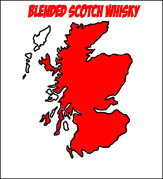


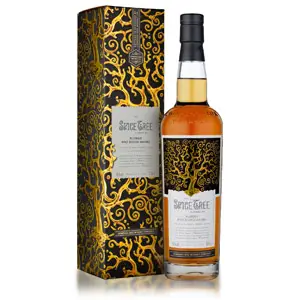
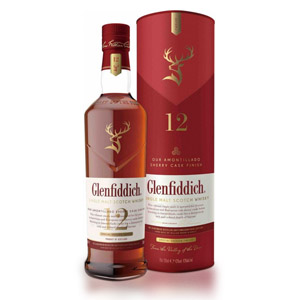
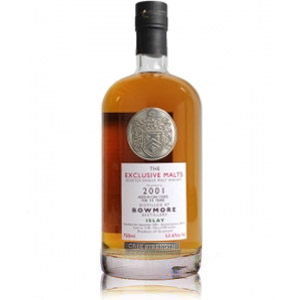



It’s more than a little bit insane that this company cannot print all the various ages of the whiskies in the vatting on the label. I understand and appreciate SWA’s desire to aggressively discourage misleading labeling. But if full disclosure is made – if the age of the older stuff is clearly listed alongside the younger, in a manner that does not attempt to emphasize the one over the other – then what’s the harm?
I suppose that could turn out to be a slippery slope, however…
I think it has more than a bit to do with the big players not wanting to disclose the fact that they’ve been watering down old stock with young, immature juice in their NAS releases. The big boys also want to avoid looking like they’re hiding something (which they probably are) if other distilleries are allowed to disclose everything.
Agreed, most producers do not have an incentive to share the exact (age) recipes of their batched and NAS releases. Still, it’s frustrating and absurd that it’s not even optional to reveal that information if you want to.
I think the final word on the NAS issue is that full disclosure of this sort ought to be *required*.
Sell young whisky if you want to. Just don’t think you’re going to be charging premium prices for it.
That would be awesome! Unfortunately, the only lobbying body that could even think about having the clout to push for or change that particular law in Scotland is the SWA, which is made up of scotch whisky producers… who are definitely NOT going to push for something like that.
Only if influencers such as yourself and Ralfy and others keep voting with your wallets and openly avoid premium opaque NAS editions. And keep judging distillers and editions by their transparency and more traditional presentation of cask strength or a higher abv and ncf and non colored. Then whisky distillers will be more incentivized to bring change to their NAS and opaque whisky marketing trend.
They’ll do it if enough people stop buying bottles. I have ten in my cabinet right now, and none lack an age statement. As a matter of principle, as well as economics (since they’re often more expensive than guaranteed age bottlings) I do not buy them.
The worst thing about the NAS fad is that these distilleries are eating their seed corn. Every drop that’s sold at 3-5 years old is a drop that won’t be around to bottle in 10-15 years. Very short-sighted in my opinion.
I get more clove and cinnamon than you. I’m a fan of this whiskey but I usually mix it into a cocktail that I really like. It really brings out the spice. I call it “highland elixir “.
2 oz spice tree
1/2 oz benedictine
2 dashes angostura bitters
Lemon twist
Stir with ice and strain into martini glass.
Garnish with lemon twist.
So who’s got some age info from Compass Box they can share?
Nobody?
Bueller? Bueller?
Technically, Compass Box requests that people not share age information they receive via email on forums or blog comments. The reason is that their lawyers have suggested that CB could be accused of guerrilla or grassroots marketing using the “illegal” information. I think that’s a bit of a stretch, myself, but I’m willing to honor CB’s request. Anyone who wants to know the ages of any of CB’s products, simply email them at [email protected] and ask. Their response time is pretty good. Cheers!
Yeah, I know. I’m just surprised that nobody’s spilling the whisky beans.
This was on sale for $50 by me and picked it up. I thought it was well worth the money. It also fell in my “Go Zone.” Which I think is pretty spot on for my budget.
Just picked up a bottle for $38 in PA. I feel like I committed a felony. Outstanding dram. Tropical on the nose. Cinnamon on the palate, and some Italian pepper cookies on the finish.